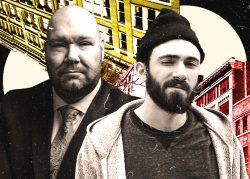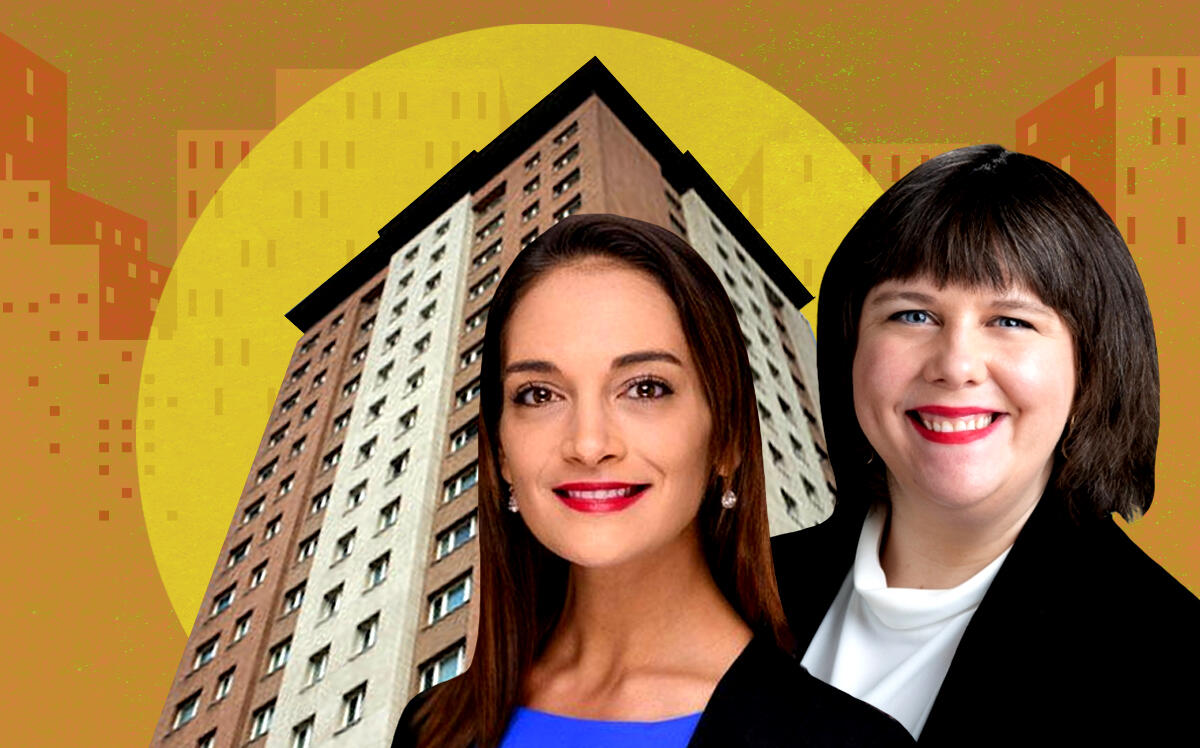When four dozen left-wingers visited Vienna this fall to check out the Austrian city’s celebrated “social housing” program, the reactions from both sides of the political spectrum were predictable.
First, the comically right-wing New York Post mocked the trip, giving socialism haters their dopamine fix.
“It is unknown how much the expenses-paid trip actually cost,” the Post’s story said, quoting anonymous tweets that called the privately funded trip a pro-communism “junket.”
Two days later, from the far left, Inequality.org praised Vienna’s housing program as “genius.” To afford the median rent in New York, the article lamented, a minimum-wage earner would have to work 111 hours a week.
Wait, what? Why would a single low-wage worker expect to pay the median rent? Wouldn’t it make more sense to calculate how many hours a median-income household must work to pay the median rent?
Glad you asked. Area median income in the New York City region is $120,100 for a three-person household. Using Inequality.org’s math, that’s about 29 hours of work per week to pay the median rent.
The federal government, for its part, says a median-earning household here can afford a $3,000-a-month, two-bedroom apartment.
But forget the spin from the left and right. Our topic today is the lionization of the Vienna model.
The junket — er, educational tour — thrilled progressives, who touted Vienna’s social housing as a solution for all manner of housing woes in New York City, even the tens of thousands of dilapidated apartments that have been legislated into a permanent state of vacancy.
Vienna’s program, however, does not renovate rent-stabilized housing. Rather, it solicits bids for new housing from private developers; sells city land to them for cheap; gives them low-interest loans or other favorable terms; and ensures the apartments go to tenants with a range of incomes, not just the poor.
New York has done all of those things — and been roundly criticized for them by progressives.
Apparently if Vienna does them, it’s okay. The grass is greener on the other side of the pond.
Let’s start with mixed-income housing. When Council members Kristin Richardson Jordan of Harlem, Rafael Salamanca of the South Bronx and Antonio Reynoso of Bushwick (who is now Brooklyn borough president) opposed rezonings that would bring mixed-income housing to their districts, socialists and progressives either cheered or were silent.
The pols cited the discredited notion that allowing market-rate development would accelerate displacement by inspiring landlords to raise rents. The three rezonings were killed. Meanwhile, Bushwick and Harlem continue to gentrify. Without new housing to absorb those priced out of other neighborhoods, the newcomers will displace existing residents.
The South Bronx remains solidly poor, which, oddly, doesn’t trigger as much outrage as free-market apartments.
Fortunately, the Council has recently warmed up to mixed-income housing — which Vienna did years ago. As the U.S. Department of Housing and Urban Development wrote:
“Private developers who collaborate with the [Vienna] government to build affordable housing must allow the city to rent half of the new apartments to lower-income residents; the developer generally leases the remaining units to moderate-income residents. … This mixing together of residents with different income levels helps with social integration.”
Read more



Perhaps if we used the term social integration instead of gentrification, New Yorkers would get less freaked out about mixed-income housing. Not only would that ease the supply crunch, but research has shown that friendships with higher earners — the kind that arise from sharing buildings — are very beneficial to lower earners.
While some activists insist new housing be 100 percent affordable, HUD notes that a benefit of the Vienna developments is that they do not “become stigmatized concentrations of poverty.”
Selling city land to private developers for $1 is longtime practice in New York City. In exchange, the city demands affordability and other public benefits. Critics of these projects call them sweetheart deals (even when the sale price is $52 million). But when Vienna sells at a discount, it’s wonderful.
Another common objection in New York is the use of for-profit developers. “Housing for people, not profit” is the Met Council on Housing’s mantra.
Opposition to for-profit firms fixing and managing public housing delayed an enormously successful Obama-administration program for years. “There’s no way that Stephen Ross is going to fix your apartments without a price,” one group wrote. “He no doubt plans to bulldoze your homes.”
The nation’s largest public housing provider, the New York City Housing Authority, has for years been recognized as the city’s worst landlord. It’s hardly unique: Government is just not good at this. That’s why Vienna decided in the 1980s to stop building public housing.
Nor can nonprofits fix the supply problem. Even Habitat for Humanity points out that charities cannot solve the supply problem. That’s why Vienna provides for profit margins and uses private developers on its social housing projects.
People are inherently self-interested. Channeling their self-interest is essential to solving the housing crisis. Relying on do-gooders like Habitat for Humanity to achieve housing affordability is like relying on the Peace Corps to achieve world peace.
To be sure, New York has no program exactly like Vienna’s. Still, the critics of New York’s housing policy who fell head over heels for Vienna’s should acknowledge their similarities.
To summarize: Vienna no longer builds public housing. It uses private, for-profit developers. It fosters competition to get a better product. It makes projects only 50 percent low-income, to prevent them from becoming slums and to give the poor a fighting chance to reach the middle class.
It’s hard for people on either side of the political divide to be clear-headed about Vienna’s social housing. Whether they hate anything “social” or “profitable,” they need their feel-good rhetoric from the New York Post or Met Council, and fear being rejected by their own camps.
They have locked themselves in ideological prisons — and trapped New Yorkers with them.
